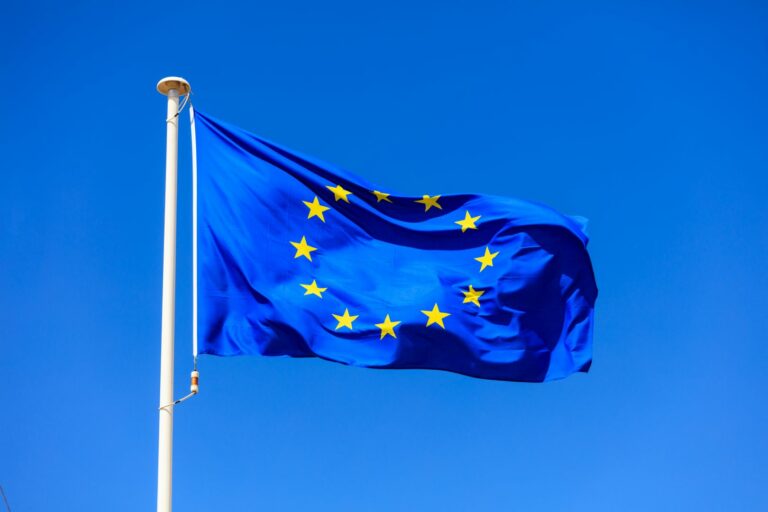Finland joined NATO on Tuesday (April 4), marking a definitive shift in Europe’s post World War II alignment and isolating Russia further. To join the US-led North Atlantic Treaty Organisation (NATO), the small Nordic country, which shares a 1,340-km border with Russia, has ended more than 70 years of military non-alignment — in fact, in the Cold War years, a policy of neutrality between the Soviet Union and the West was known as ‘Finlandisation’, and Finlandisation had been one of the options discussed for Ukraine before Russia invaded it.
What has pushed Finland to give up its neutrality, what were its relations with Russia before this, and what is the move likely to mean for NATO, Russia, and Finland?
Why has Finland joined NATO?
The answer to this is simple — Russia going to war against Ukraine has made its smaller neighbours crave the powerful military backing the NATO offers, under whose charter, every member has to defend any one member being attacked.
Finland and its neighbour Sweden applied for NATO membership soon after the Russian invasion of Ukraine. Any new applicant has to be approved by all existing members of the alliance, and while Finland is now the 31st NATO member, Sweden’s bid is being held up by Turkey and Hungary.
NATO was set up after World War II with the express purpose of containing the Soviet Union. The members of the alliance include: since 1949, the 12 founding countries of Belgium, Canada, Denmark, France, Iceland, Italy, Luxembourg, the Netherlands, Norway, Portugal, the United Kingdom and the United States; Greece and Türkiye joined in 1952; Germany in 1955; Spain in 1982; Czechia, Hungary and Poland in 1999; Bulgaria, Estonia, Latvia, Lithuania, Romania, Slovakia and Slovenia joined in 2004; Albania and Croatia in 2009; Montenegro in 2017; North Macedonia in 2020; and finally, Finland.
Finland-Russia ties
When the Soviet Union was a formidable force, Finland had taken care to not undertake any action that could antagonise its bigger neighbour.
This system was put in place after the Winter War of 1939-40. The Soviets had invaded Finland to keep Leningrad (now Saint Petersburg), which was very close to the Finnish border, safe during World War II.
However, the small and poorly equipped Finland army gave a tough fight, inflicting damages on both the Soviet army and its reputation. The war ended with the Moscow Peace Treaty, where Finland was forced to cede territories to the Soviet Union.
After the World War ended, the Finns stayed away from Western military alliances and respected the Soviet Union’s security interests. Even after the Soviet Union collapsed and Finland built closer ties with the West, it stayed out of NATO, which would have been a definite provocation to Russia.
But despite years of peace, Finland has kept itself prepared for an invasion. The country has compulsory military service and imparts regular disaster training. According to the NYT, its defence spending is 2 per cent of GDP, the target figure demanded by NATO which even member countries like Germany have not reached.
Significance of Finland joining NATO
For Finland, while the country is in a better position in terms of security, it is losing out on the significant trade and tourist revenue it was making from Russia, and from its position as the West’s gateway to the East.
Russia has said, as reported by Reuters, that Finland has committed “a dangerous historical mistake that would fray relations with Moscow and undo its status as a confidence-building presence in the Baltic Sea and Europe at large”.
“This is now a thing of the past. Finland has become one of the small members of (NATO) that doesn’t decide anything, losing its special voice in international affairs. We are sure that history will judge this hasty step,” a ministry statement said, as quoted by Reuters.
For NATO, the addition of Finland brings in a military trained to repel an attack from Russia, and, by doubling its border with the country, brings it in a better position to station weapons, including missile launchpads, closer to Russia.
For Russia, Finland’s move has brought NATO closer to its doors, the very thing it most strenuously opposes, and the prevention of which it had cited as one of the reasons to invade Ukraine.
On Monday, Russia said it would now strengthen its military capacity in its west and northwest. Defence Minister Sergei Shoigu, as reported by Reuters, said Finland’s accession “raised the risk of the Ukraine conflict escalating further”.
Source: IndianExpress








Leave a Comment